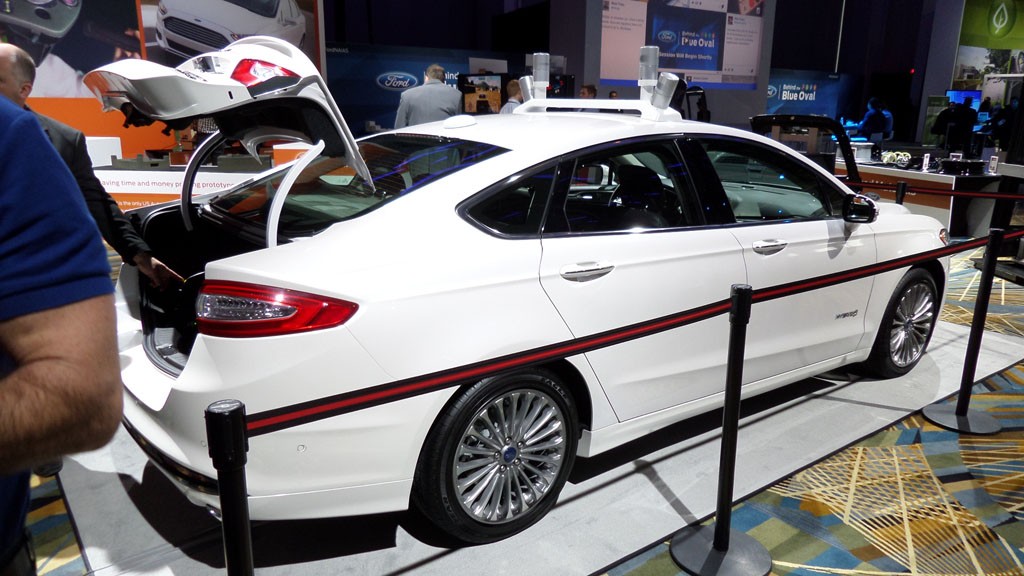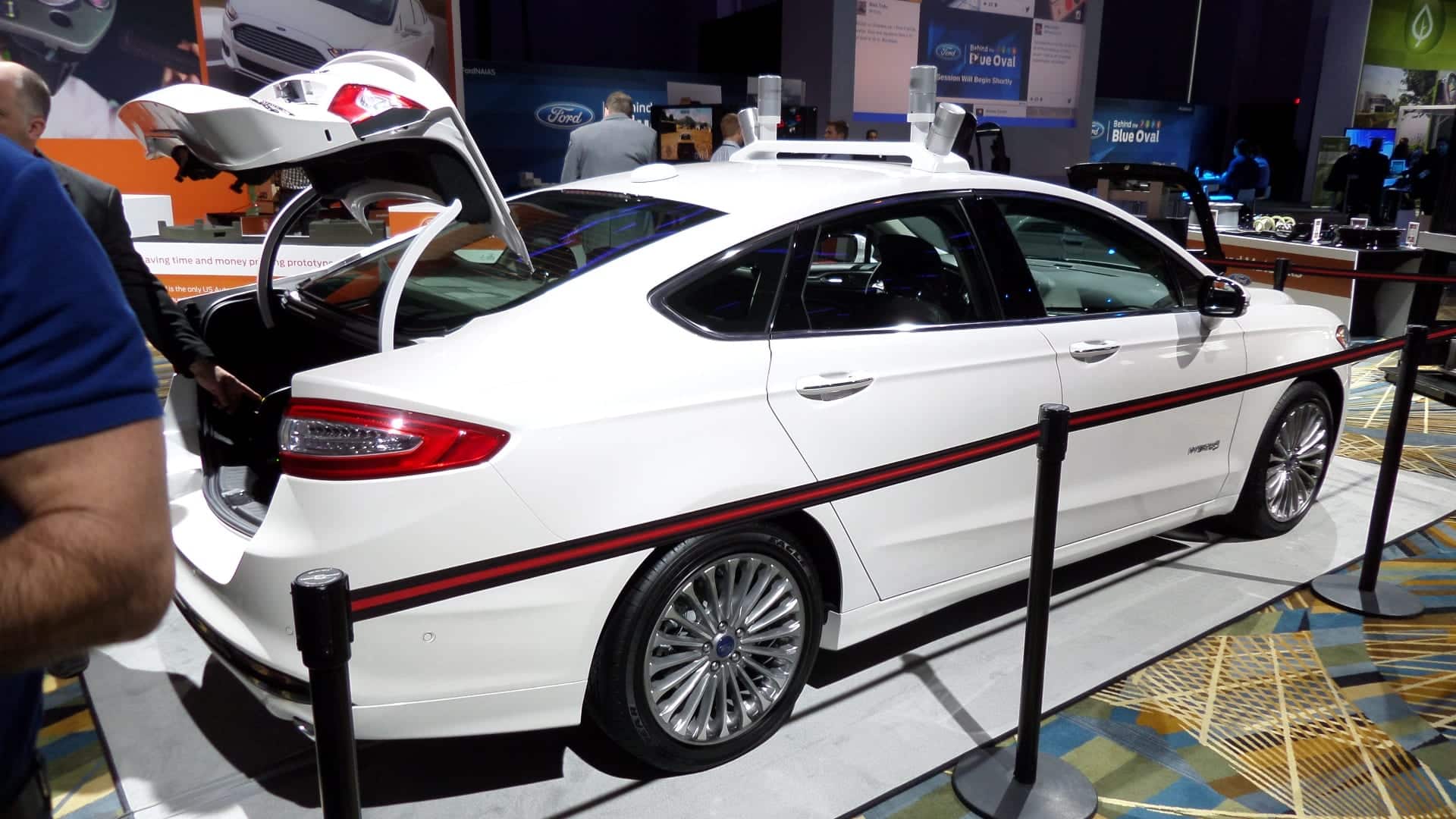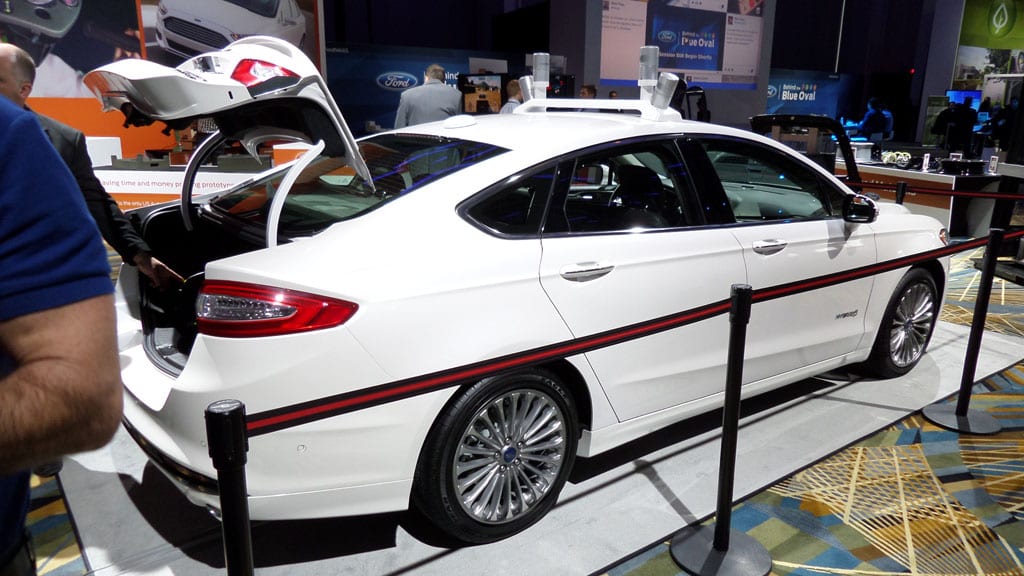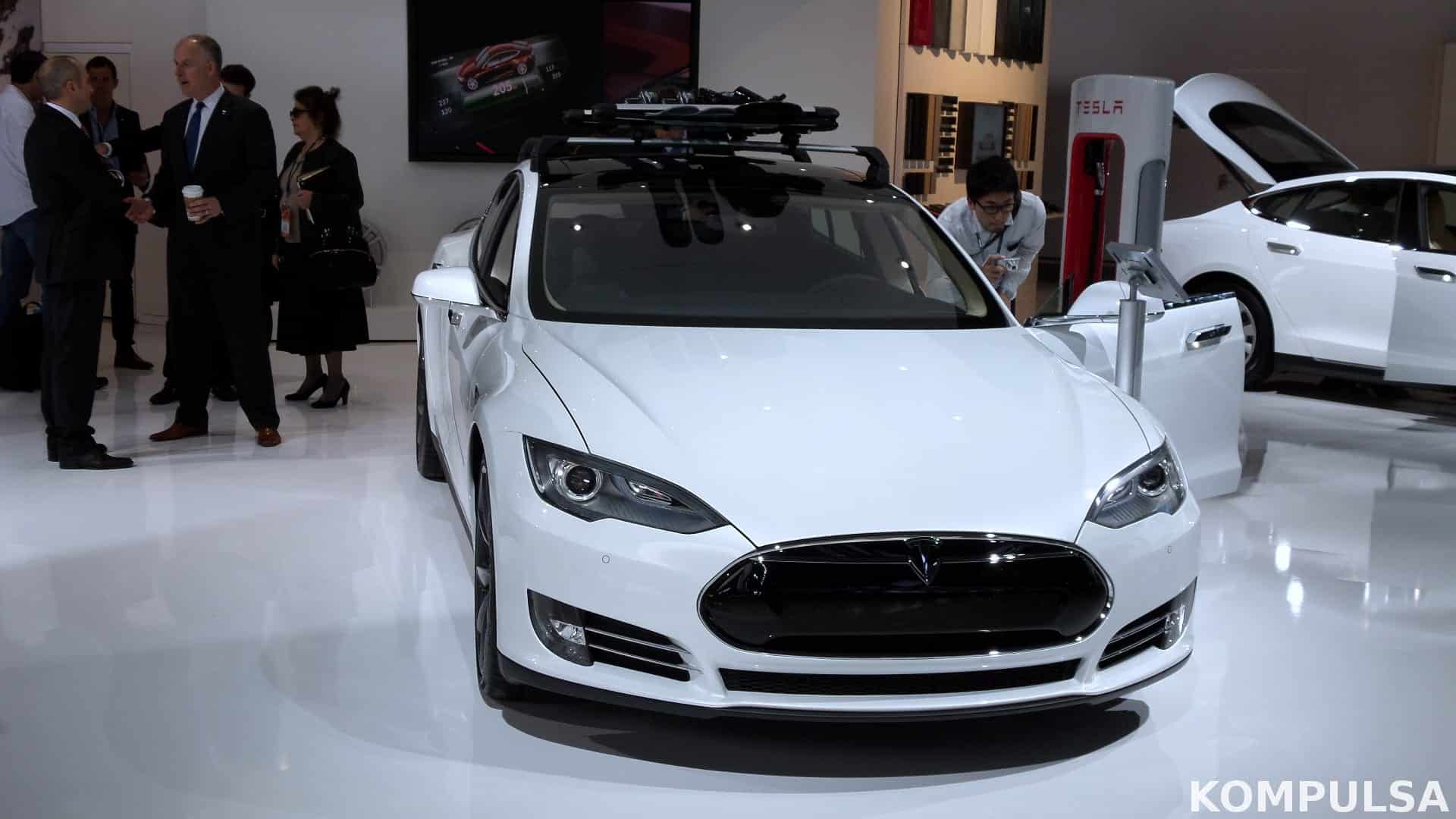Self-driving cars are designed to detect objects in their path to avoid collisions and more, but can they discriminate between multiple objects or people and make the least harmful decision?
Google has come a long way with this, and can detect and handle most situations very well, but is this the right question to ask?

What About The Ability Of Self-Driving Cars To Reduce The Overall Accident Rate?
While the discrimination concern is legitimate, the number of people injured or killed in accidents overall is issue number one, and that is what this safety issue boils down to.
While Google’s driverless car makes it look easy, there is a huge amount of work going on behind the scenes. Not only is there around $150,000 of equipment in each car performing real-time LIDAR and 360-degree computer vision (a complex and computing-intensive task), but the software itself is the result of years of development. Basically, every single driving situation that can possibly occur must be painstakingly programmed into the software. It isn’t like Google has built an artificial intelligence that can learn how to drive a car from basic principles — if Google doesn’t tell the car what to do, it doesn’t do anything.
What Is The Accident Rate For Self-Driving Cars?
While I don’t have the statistics on the accident rate of self-driving cars, Google has been using self-driving cars which have driven over 700,000 miles with no accidents. That has to count for something.
How could self-driving cars achieve such a great track record without intelligent humans on board? The answer: The stupidity of humans is what causes a large fraction of automotive accidents.
Self-driving cars are not impatient speeders, they don’t have feet to accidentally slip off the brake or depress the accelerator by accident. Speeding is a tremendous contributor to the accident rate.
Imagine how many accidents could theoretically be avoided just because self-driving cars don’t speed. The main problem isn’t the intelligence of self-driving cars, it is the behaviour of humans.
According to ExtremeTech,
Google has released a new video that demonstrates some impressive software improvements that have been made over the last two years: Most notably, its self-driving cars can now track hundreds of objects simultaneously, including pedestrians, an indicating cyclist, a stop sign held by a crossing guard, or traffic cones. You really should watch the video — it’s one of the coolest bits of tech that I’ve seen in a long time.
Video credit: Google.









